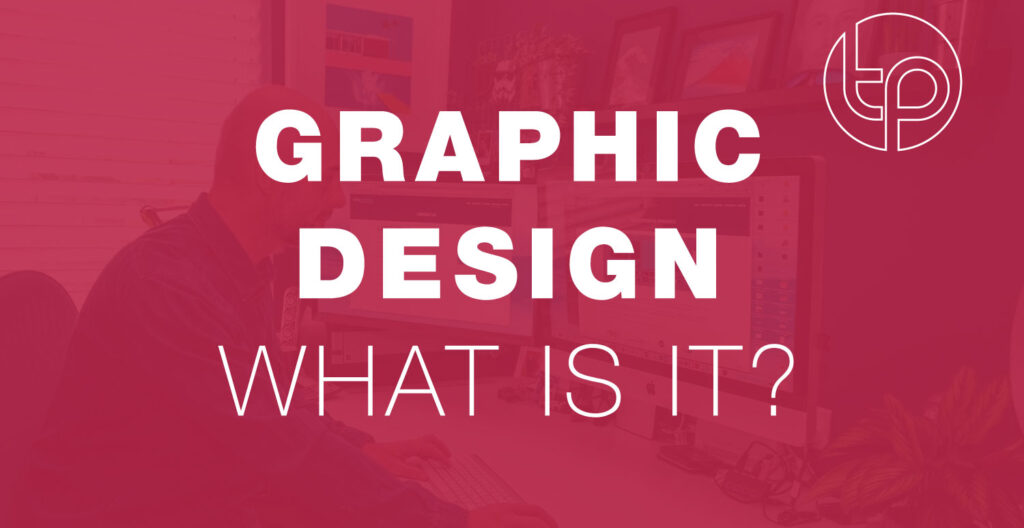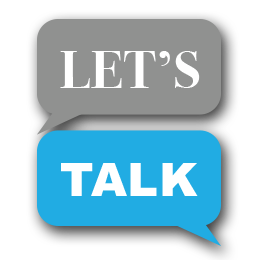What do Graphic Designers do?
Graphic designers are communication experts who create visual concepts, using computer software or by hand, to communicate ideas that inspire, inform, and captivate consumers. They develop the overall layout and production design for applications such as advertisements, brochures, magazines, reports and online.
What do Graphic Designers do?
- Meet with clients, marketing team or the art director to determine the scope of a project
- Determine the message the design should portray
- Use digital illustration, professional photo editing software, and layout software to create designs
- Advise clients on strategies to reach a particular audience
- Create visual elements such as logos, original images, and illustrations to help deliver a message
- Design layouts, including selection of colours, images, and typefaces
- Present design concepts to clients, marketing team or art directors
- Incorporate changes recommended by clients, marketing team or art directors into final designs
- Review designs for errors before printing or publishing them
Some graphic designers specialise in experiential graphic design. These designers work with architects, industrial designers, landscape architects, and interior designers to create interactive design environments, such as museum exhibitions, public arts exhibits, and retail spaces. Take a look Graphic Design work by Tony Parsons.
Need an outside perspective.
Graphic designers, also referred to as graphic artists or communication designers, combine art and technology to communicate ideas through images and the layout of websites and printed pages. They may use a variety of design elements to achieve artistic or decorative effects.
Graphic designers work with both text and images. They often select the type, font, size, colour, and line length of headlines, headings, and text. Graphic designers also decide how images and text will go together in print or on a webpage, including how much space each will have. When using text in layouts, graphic designers collaborate with copywriters, who choose the words and decide whether the words will be put into paragraphs, lists, or tables. Through the use of images, text, and colour, graphic designers may transform data into visual graphics and diagrams to make complex ideas more accessible and easy to understand.
Graphic design is important to market and sell products, and it is a critical component of brochures and logos. Therefore, graphic designers often work closely with people in advertising and promotions, public relations, and marketing.
Frequently, designers specialise in a particular category or type of client. For example, some designers create the graphics used on product packaging, and others may work on the visual designs used on book covers or web and mobile design.
Creative Director – Manage a creative team that creates visuals for product branding, advertising campaigns, etc.
Art Director – Manage and coordinate between production artists and illustrators to make sure projects are completed on time and to the client’s satisfaction.
Packaging Designer – Create and design packaging for marketing and/or products in terms of both design and physical construction.
Brand Identity Developer – Develop brand identities for various organisations.
Logo Designer – Create the visual expression of the organisation’s key message or value. This is also a key aspect of brand identity — though in identity design, you carry the logo and design identity forward for all branding materials.
Web Designer – Create graphics, layouts, and pages for websites and Apps. Web design and Graphic Design are different and without knowledge each would have difficulties printing or displaying graphics correctly.
Interface Designer – Develop graphical user interfaces and usually work for web development companies.
Multimedia Developer – Apply graphic design skills to sound and/or motion.
Content Developer – Create written, graphical, video, sound, or other multimedia content depending on your brief.
Although the term ‘graphic design’ has only been around since the 1920s, the art form itself has been an important part of visual communication for thousands of years.
Finding a good designer isn’t easy, but with Tony Parsons Design & Marketing you can rest assured knowing that you are in the very best hands, knowing who you are working with has many years creating client success. We have a diverse experience built up over many years for different industries, passionate at making ideas come to life with your budgets going further.
No marketing plan can succeed without a creative presence that distinguishes you from your competitors, promotes your value and resonates in your market. Its vital that you work with a graphic designer who can help you make your mark with an identity that looks brilliant, engages your audience and drives them to act.


